What we’ve learned about travel photography podcast
Travel photography is one of those things that can make or break your memories of a trip. And we’re not talking about boring your friends and family to death once you get home. We’re talking about how you take photos while you’re on the road. Photography has never been our strongest point, but we like to think our camera-work has improved with time.
To listen, hit play below or find episode 185 in iTunes, Stitcher or Soundcloud:
How we take photos
We’ve met people who quite happily travel without a camera, and those in tears when their memory card with four months of photos has just disappeared along with their camera. We tend to take “too many” photos, working for a 5% success rate — that’s photos we’re happy to show other people! We also backup like mad, with online and offline backup solutions.
Quick photo skills
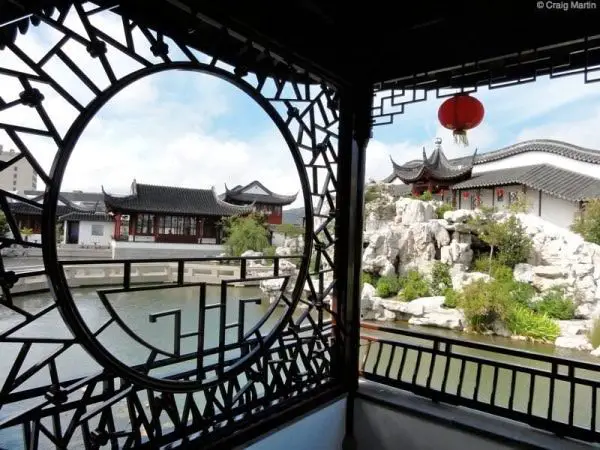
Here are the three ways you can (greatly!) improve your photography today:
Clean your lens!
Keeping you camera lens free from dirt, dust and other gunk will greatly improve your shots. This seems like a dummy tip, but for years we had nothing better than the edge of a t-shirt to clean our camera lens. Now, we carry a lens pen cleaning system and it’s the best sub-$20 technology purchase we’ve ever made.
Look twice at the light
Harsh light can destroy the people’s expressions just as easily as shadows can. Can you see your object easily? Are there ugly shadows streaking across your foreground or background? Do you want your body’s shadow in the image? All photos are simply light and shadow: you can be creative with it or simply make it work for you.
Spend a second to compose the shot
When we’re talking about composition, we’re primarily talking about the lines running through your shot. These can come from the horizon, where people are looking, and patterns in the photo. Colours and shapes can also draw the eye, so make sure you are not sabotaging your photos by having something in the background upstage your primary focus.
A good rule of thumb is the Rule of Thirds: an imaginary grid of nine rectangles across your shot. The intersection points and the lines themselves act as natural points of focus and weight. Using these lines can add power and professionalism, turning an ordinary holiday snap into a classy travel photo.
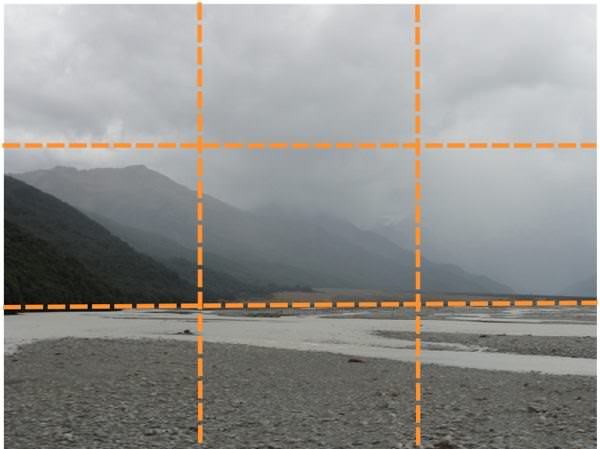
Camera and other equipment
Over the last five years, we’ve taken photos with five primary cameras, going to show that the best camera is the one you have on you … but that the specs really do make a difference.
1. “The Rugged” Pentax Optio W30
Updated with the Pentax Optio W90 and the Pentax Optio W80 (which I’ve heard is better), the Pentax Optio W30 was a great camera. It struggled in low light, but was waterproof and allowed us to shoot fun video and scare people by carrying it into the surf.

2. “The Emergency” friends cellphone
After the Pentax was stolen in Peru, we borrowed a friend’s cellphone with a small, dodgy camera. This is why we’ve published so few photos of our time in South America in 2010!
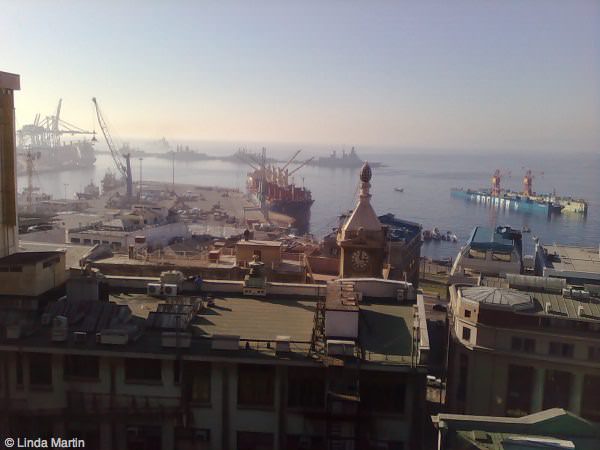
3. “The Crappy” Polaroid a350
When we hit New York City in June 2010, we had just left the friend with the cellphone. We wanted to buy an iPhone but couldn’t … and bought a crappy point-and-click “for the week”. We kept using it for six months, and hated taking every photo. Tip: Don’t buy a Polaroid a350.
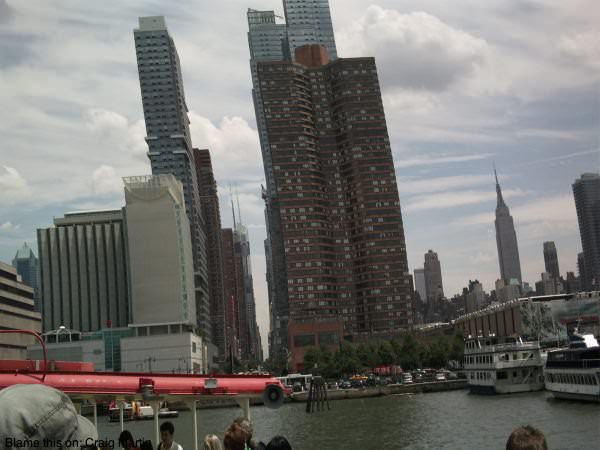
4. “The Social” iPod Touch
Linda’s iPod touch (Craig’s one broke!) has been great for taking quick photos and uploading to Twitter or emailing to friends once we’re back on wifi. This is definitely the social butterfly of our technology … The best camera is the one you have on you, right?

5. “The Awesome” Sony HX5
Our Christmas purchase, and the thing that’s got Craig excited about photography again. While we looked at the Panasonic Lumix DMC-LX5 and the Canon S95, we were talked into the Sony HX5 by an enthusiastic in-store salesperson. We’re very happy with it because:
- It takes great shots on automatic most of the time, with very fast focus times
- The sensor is closer in size to a dSLR than most point-and-clicks, meaning good colours and low-light performance
- We can do fun things with the manual mode — not as easy to access as a dSLR but most options are there.
- We can shoot 10 shots in a second – great for kids and wildlife. It takes about 4-5 seconds to recover for the next shot
- It has a nice in-camera HDR setting which gives us cool clouds, amongst other things
- It has a magic-like panorama setting
- It has a GPS, which means we should be able to do interesting things with maps in the future
- Battery life is great, although the default charger is slow. There’s a faster charger available separately


Would we buy a full dSLR? You know, the big cameras with swappable lenses? At this point, the answer is no. The sensor quality and processing speed of very high-end compact cameras is growing all the time and, at present, does almost everything we’d like in a camera. Having extra weight and more things to leave behind in a hostel, get stolen or be damaged by rain, dust and bad roads doesn’t appeal … although we might miss some shots, the trade-off is currently worth it.
However, it really would help take our photography to another level. If taking photos is a primary goal of your travels, then you really want to invest in a fast body and good selection of lenses. Some of the most popular dSLR bodies and kits are below:
Resources for further reading
As well as hitting the library and browsing photo sites like Flickr for inspiration, we’ve used the following guides to help us improve our photography.
1. Transcending travel photography
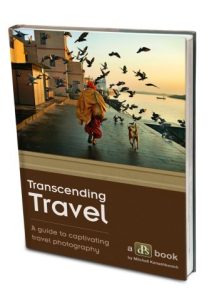
2. Photo Nuts and Bolts, and Photo Nuts and Shots
By the same publisher as Transcending Travel Photography, these two books focus in on photographic technique and shot composition. It’s either an in-depth addition to the travel-specific offering above, or a great way to step up your shots even further. They’re $19.99 each – Photo nuts and bolts, Photo nuts and shots.
Ralph Velasco’s On Travel Photography
A selection of 101 ways to improve your photographic eye, this is a high-level overview of composition with easy-to-digest ideas. The ebook struggles because it’s entirely black-and-white. Colour photos would really help. It’s just $9.99
3. MatadorU Photography School
This is designed for people interested in becoming travel photographers. It has photographic advice in its lessons, but the real value is in reducing the risk of failure for budding professional photographers with advice on starting a business, how to approach editors and a market leads board plus community forums. Twelve sets of lessons are priced at $350.
4. Our own travel photography page
Our brand-new travel photography page brings together all the relevant advice and articles on Indie Travel Podcast. It’s new, a bit bare at present, but we’ll be continuing to expand it over the coming months. Our travel photography page is free!
To listen, hit play above or check in iTunes, Stitcher or Soundcloud.

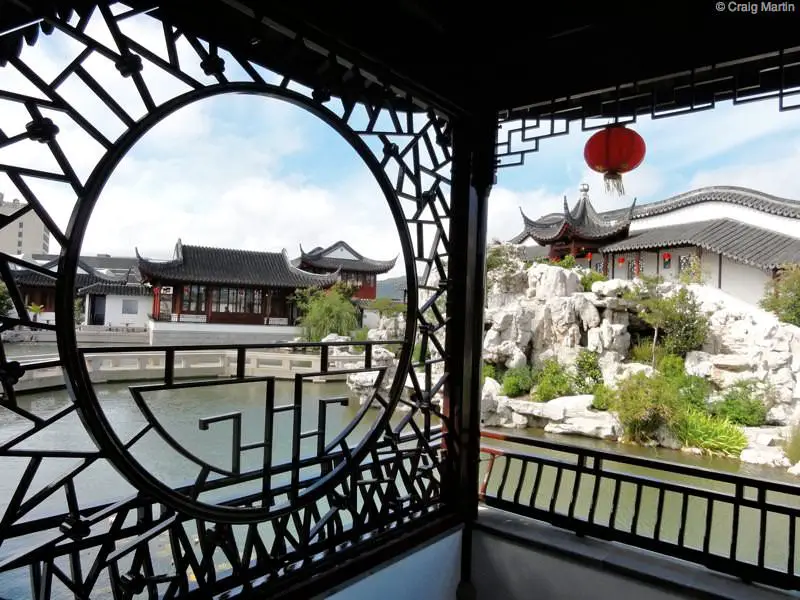
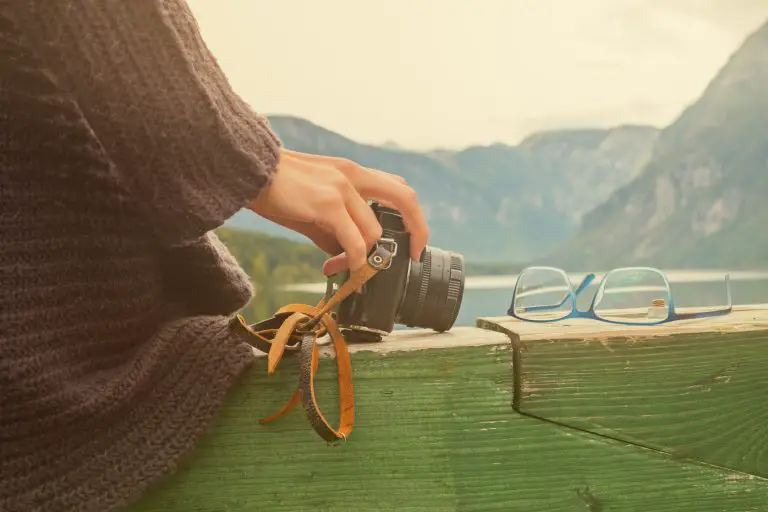
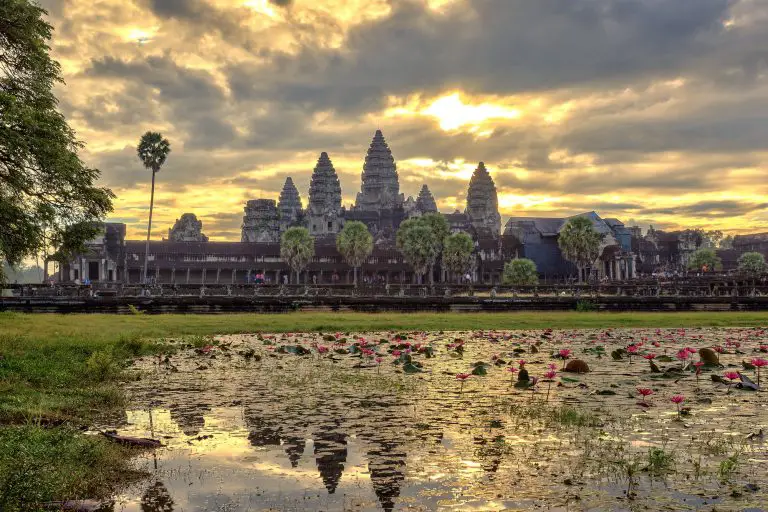
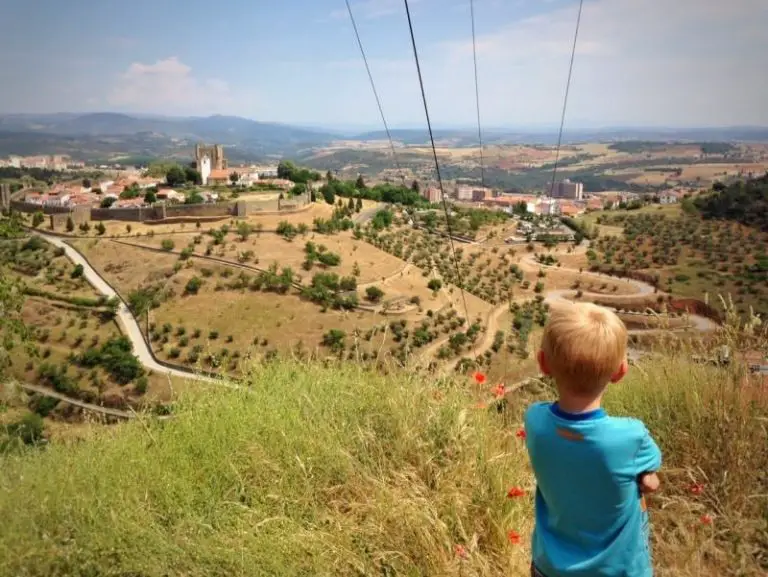
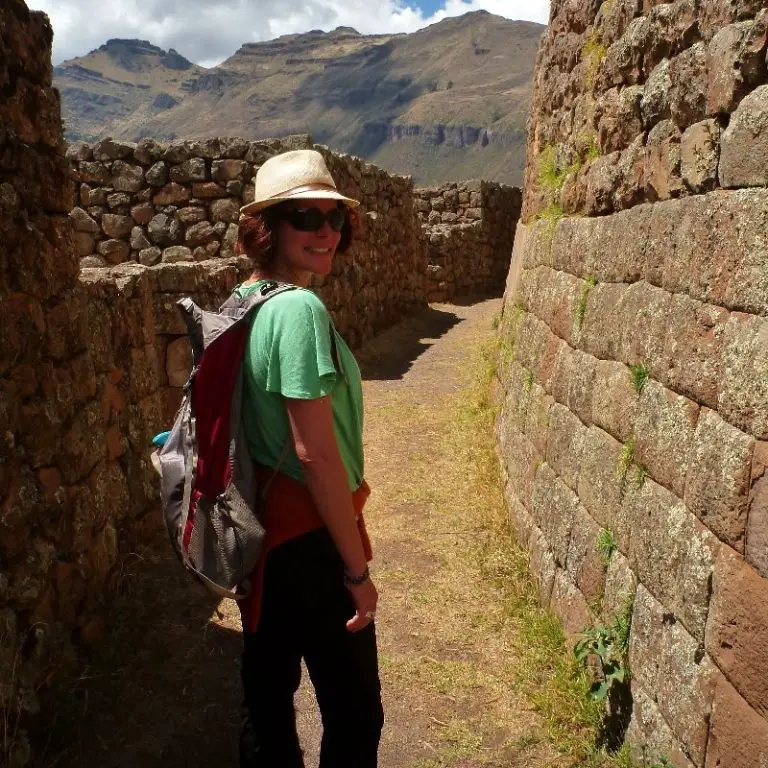
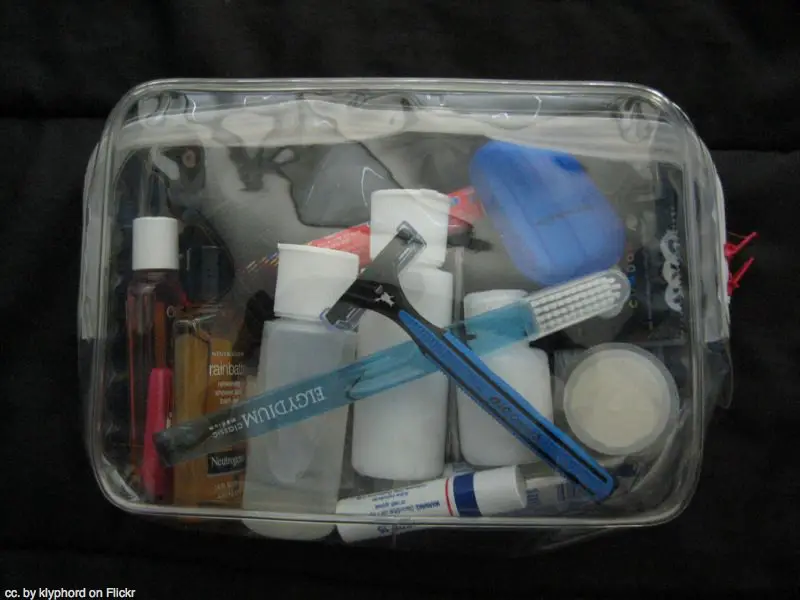
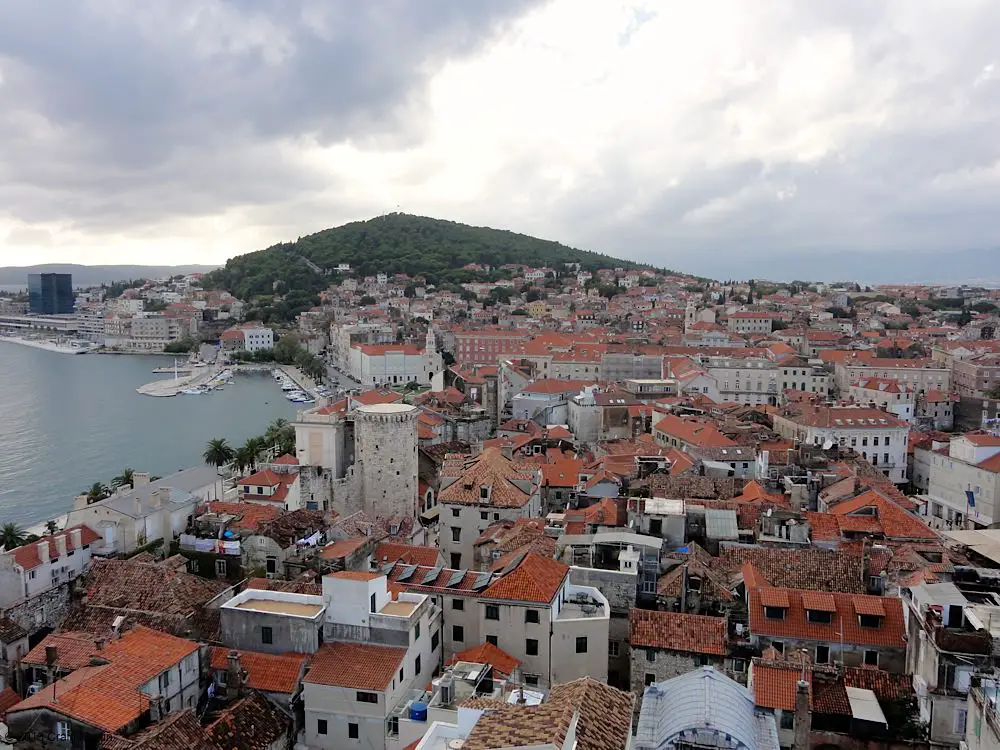
Good resource and well done. I am a complete believer in my DSLR and multiple lens, but certainly understand the other side of the discussion.
Thanks Michael. I understand DSLRs for a) hobbyists, and b) professionals but I think the cost, weight and chance-of-damage are just too high for someone who doesn’t make art or make a living from their camera.
The goal here was to help people who take snapshots of their trips to take better photos … hoping it hits the spot!